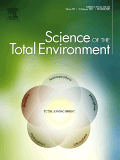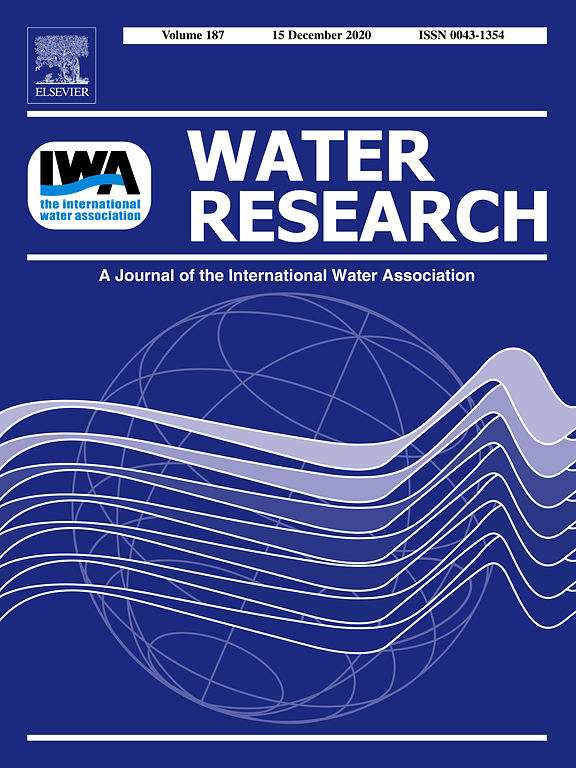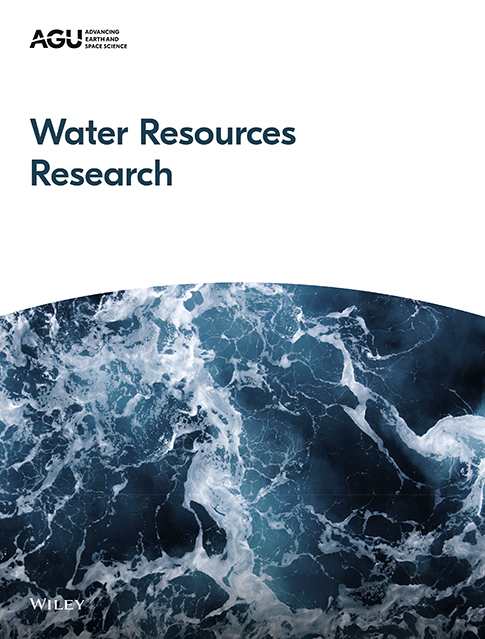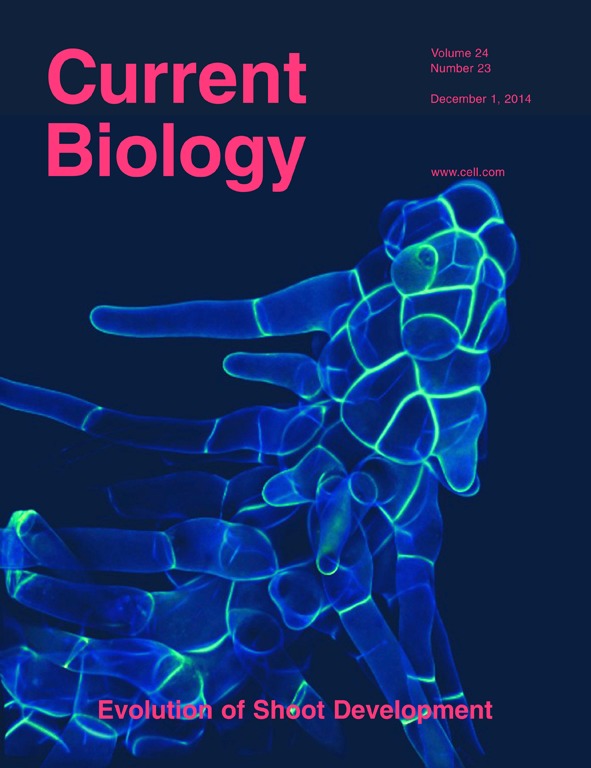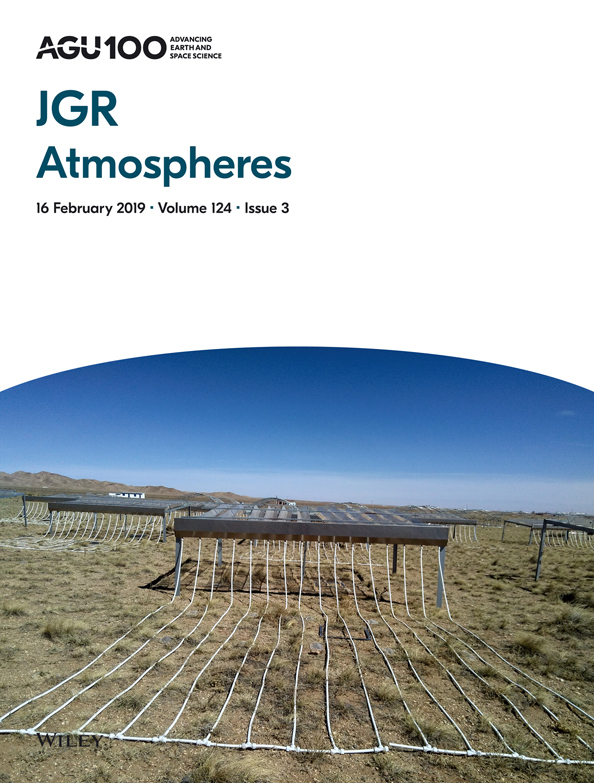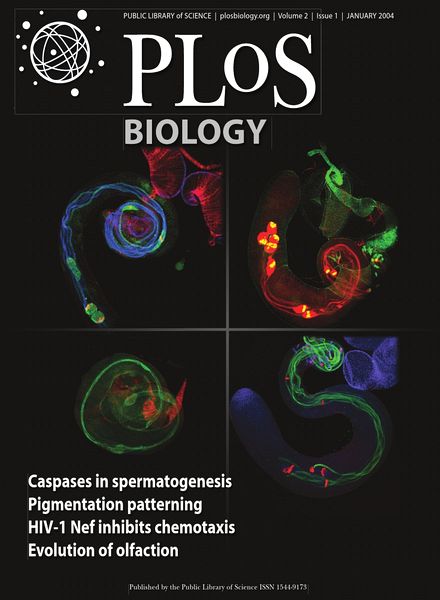Formation of vivianite in digested sludge and its controlling factors in municipal wastewater treatment
Phosphorus as scare raw material can be recovered from municipal wastewater treatment as iron phosphate mineral vivianite. Vivianite formation increased with higher iron and lower sulphur content. The study suggests that the use of sulphur-free precipitants for chemical P elimination may enhance vivianite formation. The new insights are also of high relevance for the research on aquatic sediments.
Fate of trace organic compounds in the hyporheic zone: influence of microbial metabolism
The authors investigated the influence of microbial processes on the fate of trace organic compounds in stream sediments. The study demonstrates the usefulness of the fluorescent tracer system resazurin-resorufin for determining microbial metabolism and disentangling specific reactive properties and ultimately their influence on the fate of contaminants in natural hyporheic zones.
The LOTUS initiative for open knowledge management in natural products research
Scientists integrated data about natural chemical compounds and the organisms they have been documented in, provided literature references and exposed the information both as a stand-alone database and via Wikidata.The database enables queries that relate natural chemical compounds to the taxa they have been found in and the literature documenting the evidence.
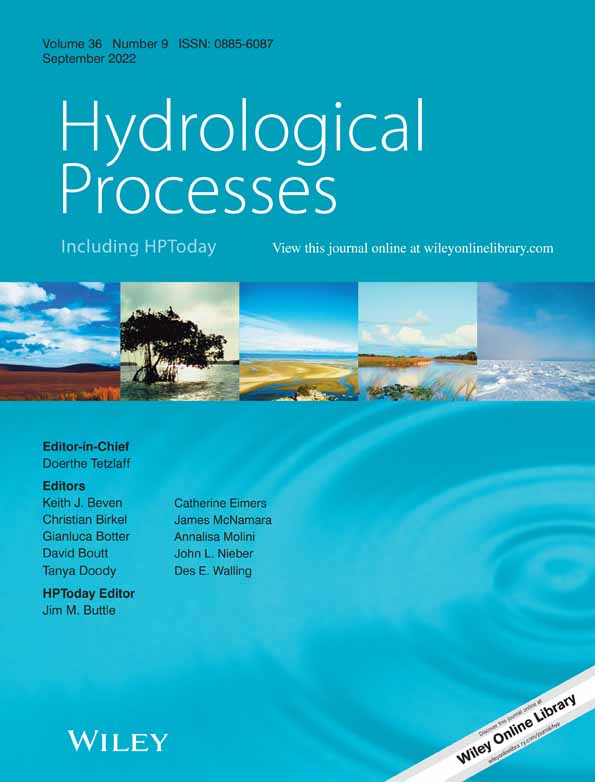
Spatial and temporal dynamics of water isotopes in the riverine-marine mixing zone along the German Baltic Sea coast
The spatial and temporal variability of stable water isotopes were investigated in the Schlei and in the Baltic Sea boddens. The data improve the understanding of hydrological processes behind those dynamics. Further they will be a helpful contribution to multiple IGB projects, e.g. in context of migration studies of pike and analysis of biochemical processes in macrophytes
Organizational principles of hyporheic exchange flow and biogeochemical cycling in river networks across scales
Understanding organizational principles of hyporheic exchange flow and biogeochemical cycling in landscapes is key for generalizing process knowledge.
Urban affinity and its associated traits: a global analysis of bats
The authors developed indices to quantify the urban affinity of species by using publicly available occurrence data and examined the performance of these indices using a global dataset of bats. The results show that simple indices are appropriate and most practical for producing quantitative assessments of species’ urban affinity.
Phylogenomic insights into the early diversification of fungi
The authors analysed several hundred proteins of a broad diversity of fungal species in order to untangle the early diversification of fungi. Thorough curation of the phylogenomic data set and usage of cutting-edge methods enabled them to resolve long-standing contested relationships among different phyla.
Dynamics of greenhouse gases (CH4 and CO2) in meromictic Lake Burgsee, Germany
At its deepest point, Lake Burgsee has one of the highest methane concentrations ever measured in a natural freshwater lake.
The EICAT+ framework enables classification of positive impacts of alien taxa on native biodiversity
The IUCN Environmental Impact Classification for Alien Taxa (EICAT) is a global standard to assess negative impacts of alien species on native biodiversity. This paper presents EICAT+, a complementary framework using 5 semiquantitative scenarios to classify the magnitude of positive impacts that alien species have on biodiversity.
Identification and characterization of a new family of long satellite DNA, specific of true toads (Anura, Amphibia, Bufonidae)
This newly discovered family of satellite DNAs is present in 15 examined species of amphibians of the systematic family of True toads (Bufonidae). It is formed by monomers of 807 bp, organized in tandem arrays, and has an AT-content of 57.4 Percent.


